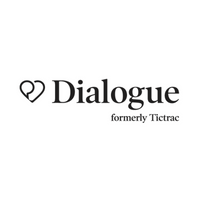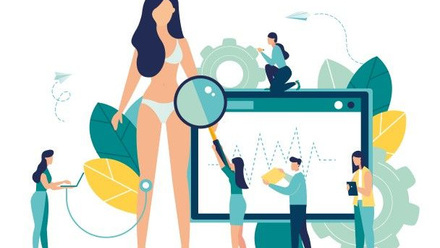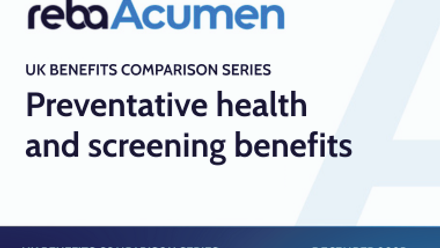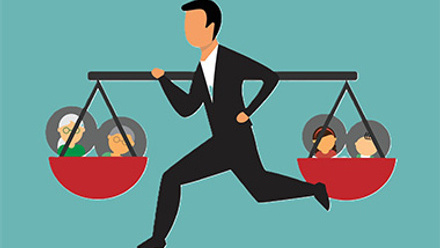Adapting your wellbeing strategy to a hybrid workforce to maintain and improve resilience

According to a recent report by Deloitte and WBSC, we spend approximately one third of our lives at work – equating to approximately 90,000 hours.
With such a significant amount of time being spent working, it is understandable that both employees and employers are considering adjustments for the new hybrid/remote world. For example, it is important that organisations help employees reduce the risk of burnout by encouraging conversations around health and wellbeing – striving towards building a resilient organisation for the longer term.
At Tictrac, we hear many challenges organisations are trying to address in the new world of working including:
Hybrid working and blurred boundaries: with many organisations having transitioned permanently to a hybrid and/or fully remote model this affects both employers and employees. For example, employers are considering how to create an engaged culture, connectedness and resilience amongst their teams, as well as making sure their employees are empowered with access to the right health and wellbeing resources.
Social isolation for employees: for many, the days of catching up with colleagues over the water cooler or saying hello in the corridor feels like a distant memory. As we adapt to the accelerated virtual working world, many employees are sitting at home alone working for full days without any in-person interactions. Employers are asking how to help their employees feel connected and support their social wellbeing.
Employees experiencing increasing levels of stress, burnout, anxiety, musculoskeletal conditions and much more: emerging data is indicating that wellbeing issues are on the rise, with chronic conditions that were already a concern still existing or, in some cases, being exacerbated. For employers this brings the strategic organisational focus on both employee health and wellbeing closer.
Economic uncertainty and financial stress: large numbers of people have experienced changes to their working or personal lives which, in many cases, has created significant financial uncertainty. Many people have lost jobs or been impacted by restructures, been furloughed or have uncertainty about their position for the longer term. In addition, current concerns around cost of living increases are also adding to this pressure. Many people are looking for support around their financial wellbeing and/or resources to support themselves.
Mental health is defined by the World Health Organization as “a state of wellbeing in which the individual realises his or her own abilities, can cope with normal stresses of life, can work productively and fruitfully, and is able to make a contribution to his or her community”.
In the UK alone, analysis undertaken by Deloitte in 2020 estimates that poor mental health can cost employers up to £45bn annually. And the mental health crisis is expected to continue, with the World Economic Forum predicting the cost of mental disorders will total $6trn globally by 2030.
At Tictrac we work with organisations to develop holistic wellbeing strategies which consider mental health as one pillar of wellbeing interlinked with physical, financial and social wellbeing.
To build a resilient workforce for the future we recommend taking a truly holistic approach to the wellbeing needs of your workforce, and find solutions that empower your employees with the tools and resources to take charge of their wellbeing from a physical, social, mental and financial perspective.
This article is provided by Tictrac.
Supplied by REBA Associate Member, Dialogue formerly Tictrac
We're an employee wellbeing platform dedicated to helping employees live healthier lives.







